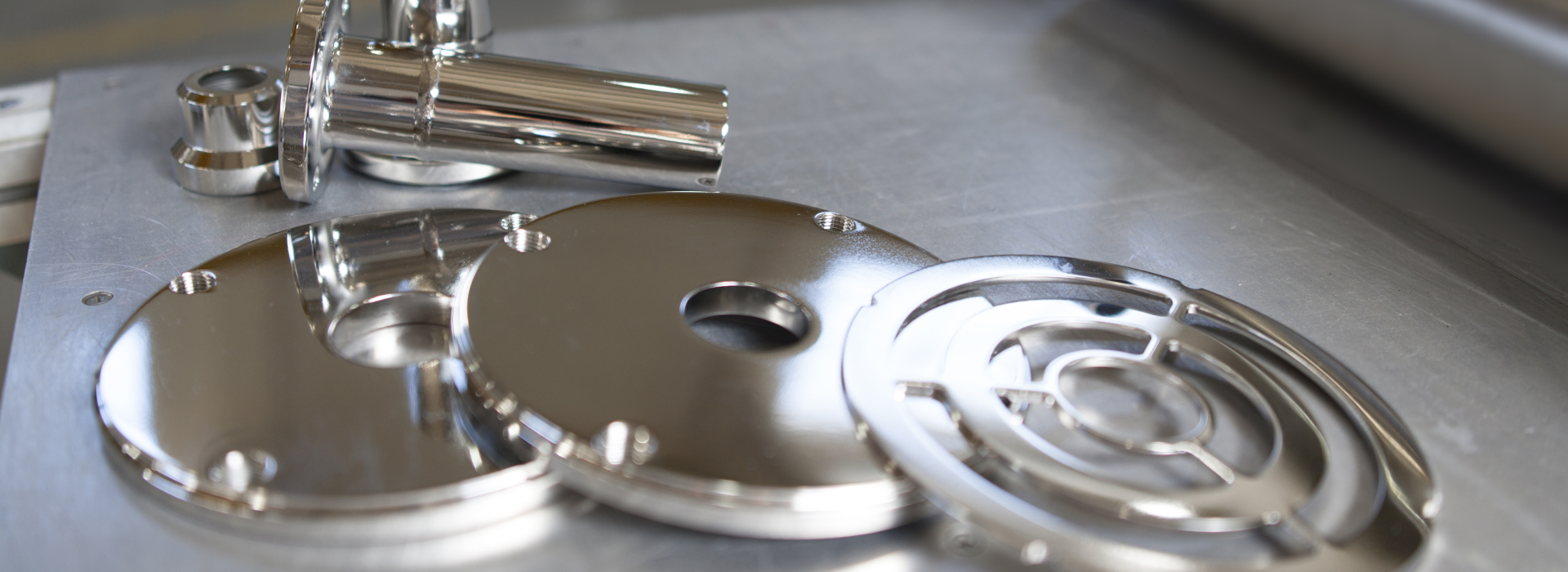Compared with traditional polishing, electrolytic polishing has great advantages, low cost, small footprint, and can polish complex workpieces, which has incomparable advantages over traditional polishing. Electrolytic polishing is an effective processing method for workpieces that have difficulties in machining due to materials and shapes. However, it is not suitable to use electrolytic polishing in any case. For the processing of general materials or workpieces with relatively simple shapes, the productivity of electrolytic polishing is not as good as that of mechanical processing. Establishing an electrolytic polishing production base requires a certain amount of investment and covers an area of Larger, the technology is more complex, and the cost of single-piece production is much higher than that of machining.

Under What Circumstances Can Electropolishing Be Used
Therefore, when judging and selecting whether the processing object is suitable for electrolytic machining, the following points can be considered. If it belongs to one of the cases, electrolytic polishing can be used:
(1) Workpiece materials that cannot be processed or are very difficult to process by mechanical processing methods, such as workpieces with high quenching hardness; high-strength or high-toughness materials, etc.
(2) Although it can be processed by ordinary processing methods, the processing speed is seriously limited by the shape or size of the workpiece, and the processing time is very long, such as forging dies, extrusion dies, etc.
(3) Large batches of workpieces, especially workpieces with serious tool wear (such as turbine blades), or workpieces that rely on manual operations, are unstable in quality, require finishing and have certain precision requirements (such as special-shaped workpieces) cavity).
(4) The machining deformation and work hardening caused by the cutting force and cutting heat by the machining method cause the processed workpiece to not meet the requirements or have an impact on the subsequent processes (such as thin-walled parts).
When electrolytic polishing is used to complete workpieces that cannot be processed by the original processing method, or when the efficiency and quality are higher than that of the original processing method, the economic impact caused by the cost of cathode manufacturing or the process adjustment caused by this should also be considered (electrolytic polishing). One-time molding can often replace several processes, which is beneficial, but the adjustment of production lines on the production site is often not an easy task), weighing its pros and cons, and making a prudent decision is the premise to ensure the stable development of the electropolishing process after it is launched. .
Based on the above reasons, the current application of electrolytic polishing in China is mainly concentrated in the defense industry such as aviation, aerospace, and weapons, and it is mainly used in the manufacture of forging dies for some parts of automobiles, tractors and motorcycles in civil enterprises; Electropolishing is mainly used in the military industry. In addition to the military industry, Russia, Germany, Italy, and Japan have many applications in civilian enterprises.
Which Materials Can be Electropolished in CNC Machining
In CNC machining, both carbon steel parts and stainless steel parts can be electropolished, as can aluminum alloy parts. Electropolishing is the anodic erosion of metal parts under specific conditions; the surface quality of electropolishing is good, and the solution is stable and does not produce harmful gases. Compared with ordinary polishing and liquid polishing, the effect is much better; the workpiece will not rust.
The following is an introduction to the materials used in electropolishing:
1. The application range of stainless steel electropolishing is very wide. It can be generally used for polishing of various 200, 300 and 400 series stainless steels, and is widely used in stainless steel products and industrial equipment and other industries.
2. Aluminum electrolytic polishing: part of the aluminum in the 1000-7000 series.
3. Copper electrolytic polishing: copper and copper alloy workpieces.
4. Alloy electropolishing: high-temperature alloy molybdenum, nickel-manganese alloy, nickel-based alloy.
5. Electrolytic polishing of low alloy steel: 4130, 4140, but this kind of steel will rust after electrolytic polishing.